As a child, one of my favorite places to spend my summer vacation was at my grandparents’ home in Puakō, because it meant that mangoes were in season! We climbed my grandpa’s tree searching for the bright yellows, greens and reds. Squeezing the fruit gently, if it has too much give, it was no good to me. As I preferred my mango half ripe, and still do! I’d hold my prize harvest close to my face to take in the sweet aroma. Mmmmm, I’d found the perfect mango!
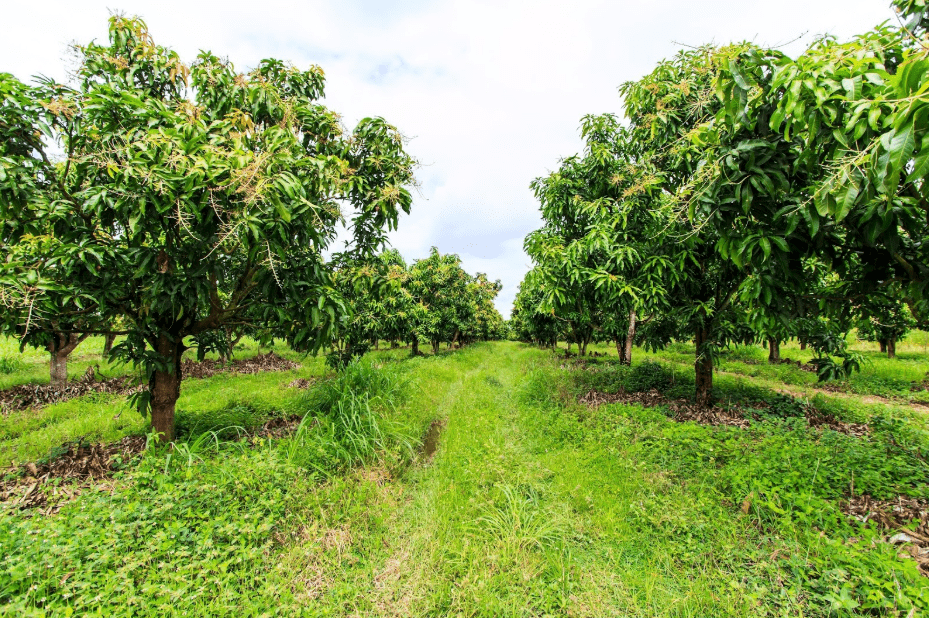
Hawaiian Mangos
Mangos are widely grown as dooryard tree in almost every area of Hawaiʻi. The fruits are mostly eaten fresh, but are easily made into ice cream, sorbets, chutney, relishes, preserves, juices and used in a wide array of baked goods.
The first plants were brought to Hawaiʻi around 1824 from India and the Philippines, many varieties and seedling selections are now successfully grown here. Mango trees produce flowers from December through April. The trees begin to bear fruit in May and peak in season in June to July, with some trees giving fruit into late October. They prefer drier areas and can at times grow over 100 feet tall!
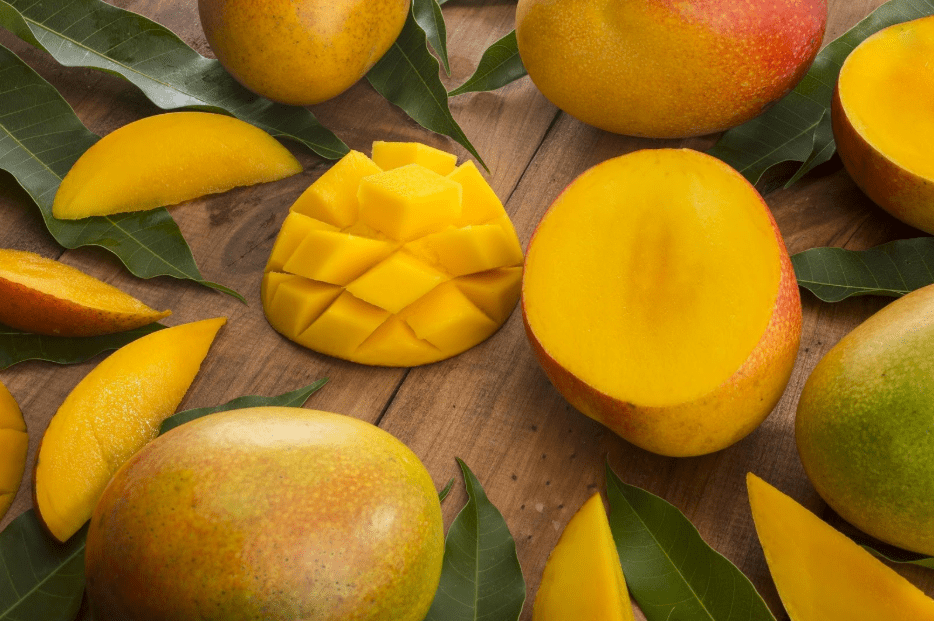
A few of the best-tasting mango varieties are the Haden, Rapoza, and Hawaiian Pirie. These can be found in most local farmers' markets after harvest, usually in June-July. Sometimes the farmers will offer you a sample and share with you the story behind the fruit. Mangos, like people, have a heritage and some mango strains are unique to certain areas or only grown by one family. Mangos can also be found in the local groceries stores as well.
- Haden: The longtime favorite mango of Hawaiʻi. With its ripe skin in hues of red, yellow and green and its firm and sweet flesh, it is best eaten fresh.
- Rapoza: Known for its ripe skin in hues of yellow, red and purple blush, again with a firm and sweet flesh.
- Hawaiian Pirie: An older mango variety. Its ripe skin tends to be more yellow and green than red.
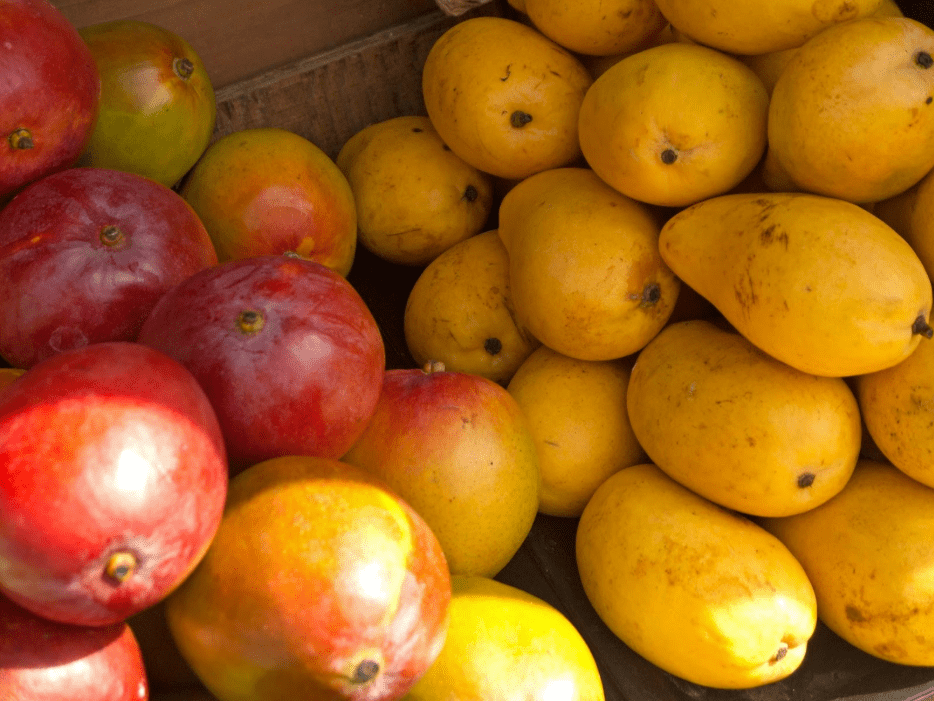
Not only delicious, mangos are a wonderful superfood as well. They contain Vitamins A, B6, and C, as well as provide fiber, folate and copper. Enjoying a mango sounds wonderful, unless you are one of the few who develops an allergic reaction to eating it. While many foods may cause an allergic reaction, mangos are unique in that they belong to the plant family that also contains poison oak, poison ivy and poison sumac. Eating a mango or touching the sap may cause a skin rash, which sometimes may occur around the mouth.
Other Hawaiian Summertime Fruits
During your Hawaiian summer vacation, we recommend trying other local Hawaiian summertime fruits as well. You'll find these fruits while touring the local farmers' markets, fruit stands and Markets. Here's a quick guide:
Lychee: This Asian tree with grape-like fruit with its rough red outer skin is best when peeled of the outer skin and just simply pop the entire fruit into your mouth. But, watch out for the seed! When shopping for lychee look for a bright red color to indicate they are ripe, delicious and ready to eat.
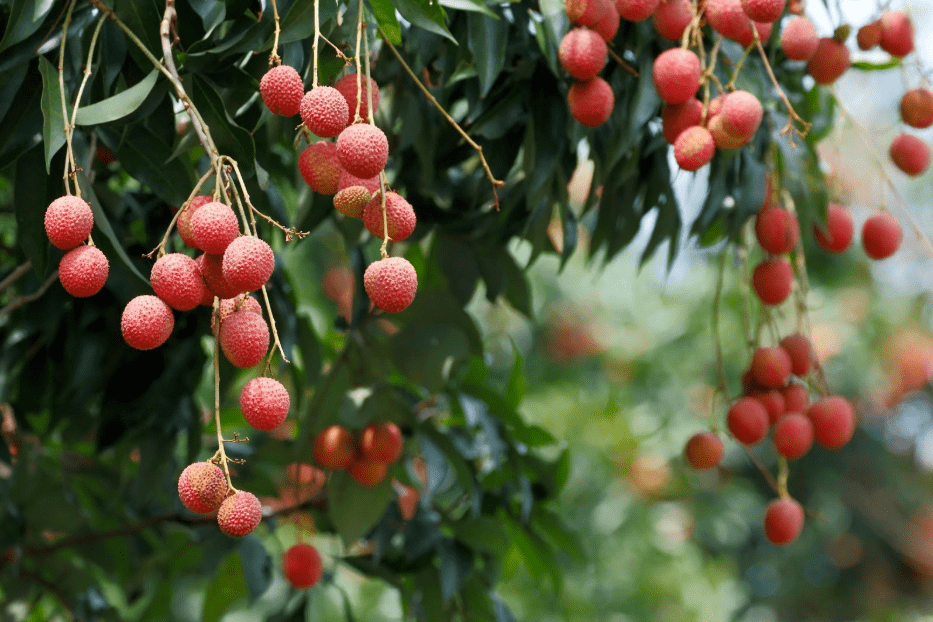
Lilikoi (Passionfruit): These bright yellow or dark purple vine fruit originated from South America, but are happy and very productive here in Hawaiʻi. With a strong, sweet yet tart taste that is most exotic, to eat, just cut in half, scoping out both the seeds and pulp. You can remove the seeds with a sieve and use the juice fresh or frozen in drinks, smoothies, salad dressings, jam, jellies and more!
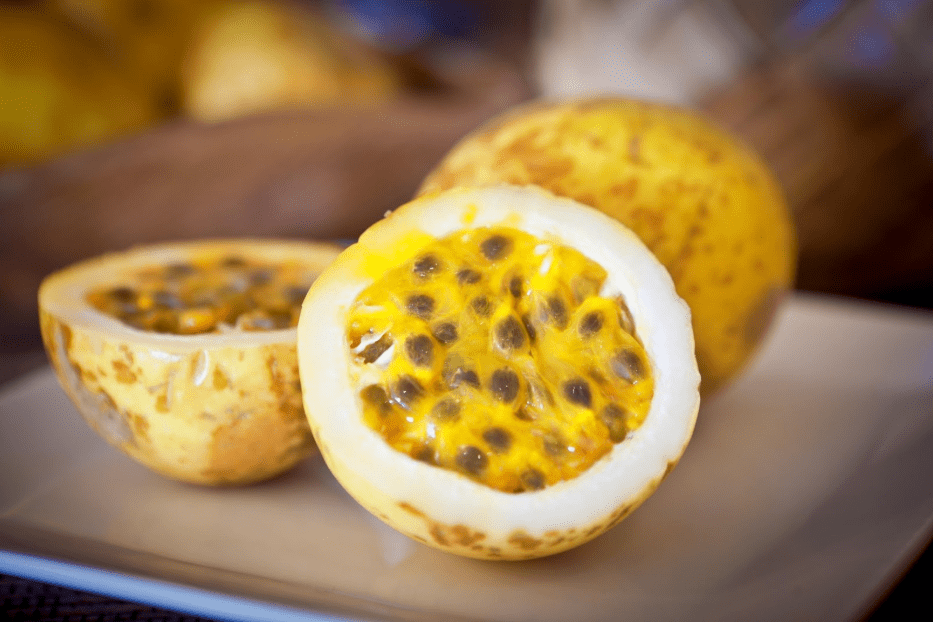
Pineapples: Pineapples have indeed for a long time been a symbol of Hawai‘i but they are not native to the Hawaiian Islands. Pineapples can be traced back to their origin in South America, and while the Spanish are thought to have introduced the pineapple to Hawai‘i in the 1500s, credit goes to James Dole for discovering that the fruit grew well on his farm on Oahu. At one time, Hawai‘i supplied over 80% of the worlds output of canned and fresh pineapple. It soon became Hawai‘i’s second most important crop next to sugar.
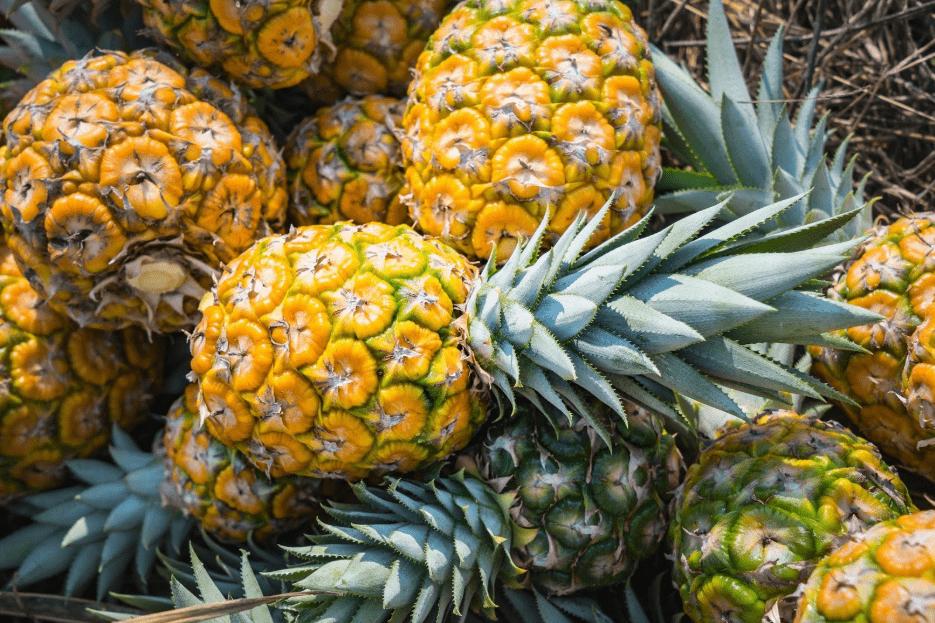
Not only a symbol of Hawai‘i, pineapples are used as edible displays at luaus, garnishes in tropical cocktails, a decadent flavor in desserts. The fruit is rich in Vitamin C, bursting with a tropical, juicy sweetness that is sure to make anyone’s mouth water almost instantly. Try using fresh pineapple in desserts or as a palate cleanser after a meal, chopped up in a salsa or broiled or browned on a skewer.
